Do you find it hard to understand that children as young as two years old are taught how to properly handle cutlery like a fork and spoon for eating?
They should use practical plastic cutlery in small sizes like 1ml, so they can be lightweight and practical for them.
According to the findings of a study that was carried out at the University of Chicago, toddlers who were allowed to practice using utensils such as a spoon, fork, or knife were more likely to make progress in other domains such as the development of language and the acquisition of communication skills.
If your kid is at least two years old, you may start allowing them to play with these kinds of utensils as long as you keep an eye on them to make sure they don’t damage themselves.
A preexisting pattern of eating is not present in newborns. They eat whenever they are hungry, which may make the timing of their meals difficult to anticipate. Sometimes infants will eat just certain foods, and other times they may refuse to eat at all.
As a result, infants develop the motor skills necessary to handle food in their hands and bring it to their mouths. This is a crucial ability to have. After that, the next logical step is to start using cutlery.
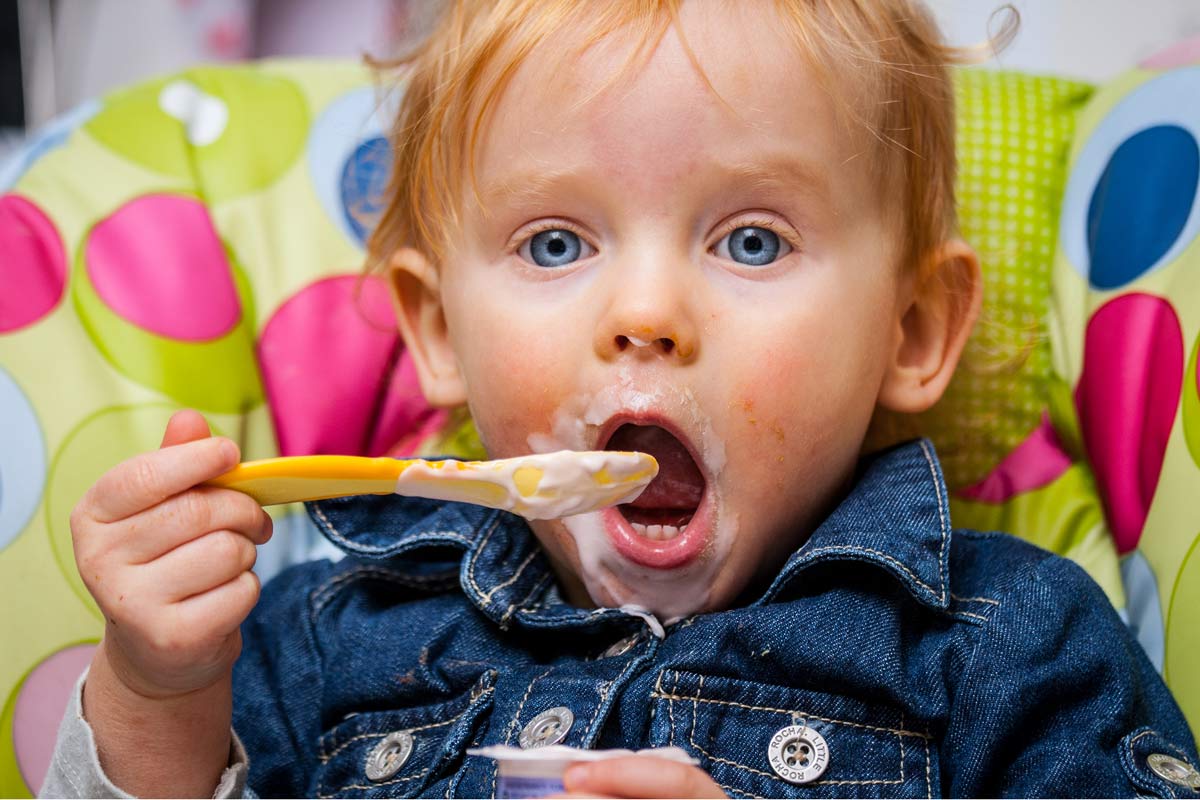
There are a few things that parents can do to increase the likelihood that their children will be successful when it comes to utilizing cutlery sets designed for youngsters.
When shopping for cutlery set for your kid, the first thing you should think about is the size of each piece. The length of the handle as well as the total weight of the utensils will affect how well they can utilize them.
You want to find something that is comfortable for them to use, but at the same time, it shouldn’t be so light that they may easily lose it or that they feel like their actions aren’t being effectively translated into what is happening with the food.
The gathering of a family for meals is a significant part of everyday life. From the time they are born, children start to learn how to feed themselves.
It is very uncommon for youngsters to struggle with the use of cutlery while attempting to feed themselves since self-feeding is a very challenging endeavor. In most cases, a kid has to reach the age of seven before they can properly use cutlery to feed themselves without making too much of a mess. Between the ages of 6 and 9 months, babies are often eager to participate in the feeding process.
They will begin to be able to grasp and put food into their mouths at this age, and they will often be eager to assist with feeding and play with a spoon by slamming it and putting both ends of it into their mouths.
Between the ages of 9 and 13 months, toddlers can use their fingers to feed themselves with meals that are either soft or rapidly disintegrate in the mouth.
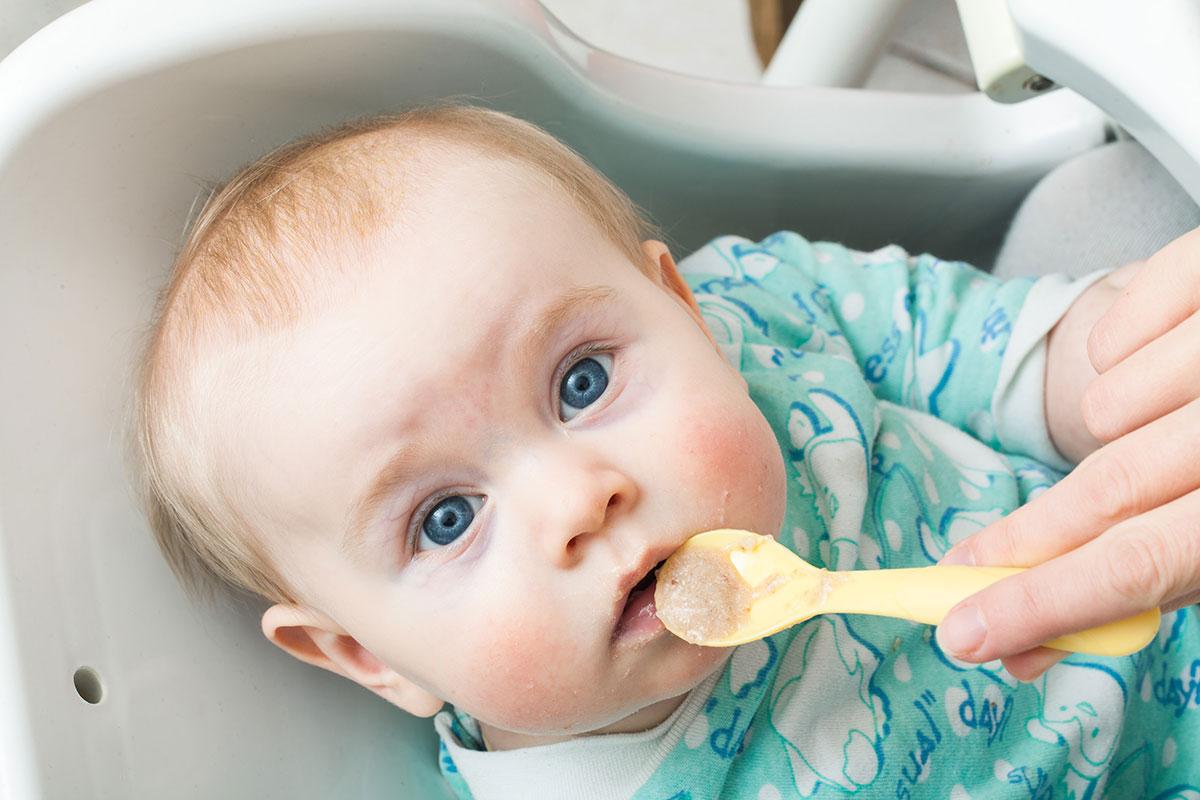
By the time they are 14 months old, most youngsters can put food on a spoon, as well as transfer the spoon to their lips (this is very messy and involves lots of spills). The next step for children is to learn how to feed themselves by scooping food with a spoon. Around the age of 24 months, most youngsters are eager to begin feeding themselves and become independent.
Between the ages of 2 and 3, toddlers continue to improve their ability to feed themselves with a spoon while also learning how to use a fork to stab food.
Children often start learning how to spread and cut with a knife around the age of five. When it comes to self-feeding, a kid is not considered to be autonomous until they can use a knife and fork together to cut food and have reached the age of around 7 years old. They can eat their food with plastic spoons very easily, these spoons are more suitable and practical for children.
Consider the implements that you are using at the moment. It is much simpler to maintain a firm grip on a spoon or fork if the handle is either rough or thick.
When it comes to ease of control, a spoon or fork with a shorter handle is preferable. Take into consideration how heavy the silverware is. There are occasions when something heavier might be simpler to operate.
Make sure the youngster has something to scoop against, such as a raised edge on the bowl or plate you give them. When your kid is learning how to scoop, stab, spread, or cut, you should put a non-slip mat below the bowl or plate to keep it from sliding around while they are practicing.
There is a wide variety of cutlery available that might meet the requirements of your kid, including spoons, forks, and other eating utensils. Children who struggle with their fine motor skills will have an easier time grasping utensils if they are padded, such as spoons and forks.
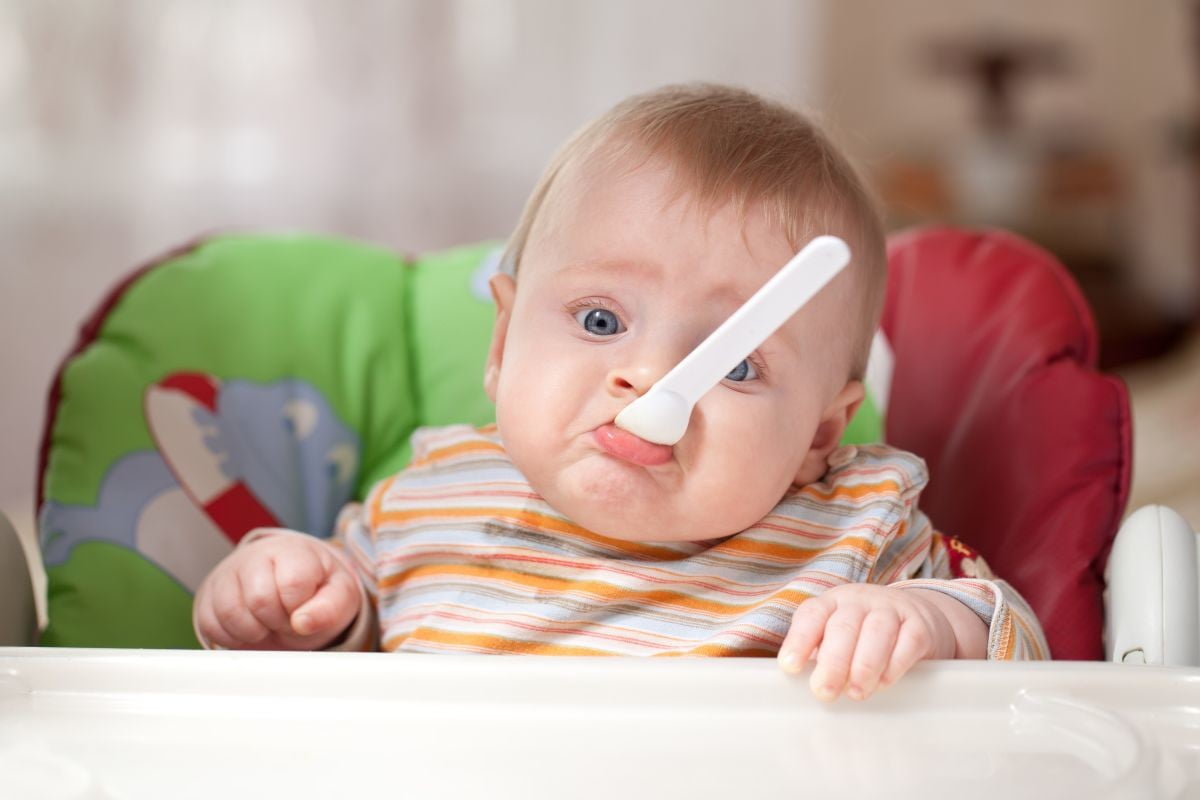
Some of them even come equipped with grips that prevent the user’s hands from sliding. There are additional utensils that are curved or bent in a way that makes it simpler to transfer food directly from the plate into the mouth of the person being fed.
A baby’s ability to utilize a spoon or fork often does not develop until they are around 18 months old. However, it is recommended that you start letting your kid practice at a much younger age.
In most cases, infants will let you know when they are ready to begin solid foods by making repeated attempts to grab a spoon or fork. Consume your meals together with your youngster.
Your youngster will be able to learn by observing you as you demonstrate how to use a spoon or fork to feed yourself. Beginning with plastic spoons or forks with pleasant grips is a good place to start since they may be made to be gentler for your youngster.
When your child’s dexterity has improved to the point where they are ready, you may upgrade them to smaller forks and spoons made of metal. While they are holding one spoon or fork, you should feed your kid with the other.
First, place some food onto the spoon or fork that your kid is using. After then, you should provide the spoon or fork to your kid so that they may put it into their mouth on their own.
Give your kid plenty of opportunities to practice so that they may improve their abilities. When your kid makes an effort to use a plastic spoon or fork, be sure to lavish them with praise and encouragement. Our expert produces the best quality plastic spoon and cutleries which are suitable for children and they easily use them.
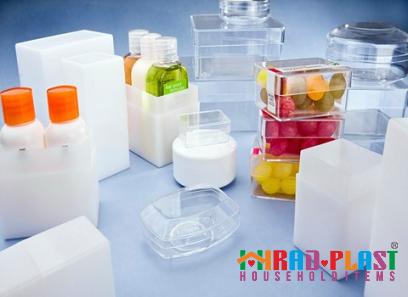

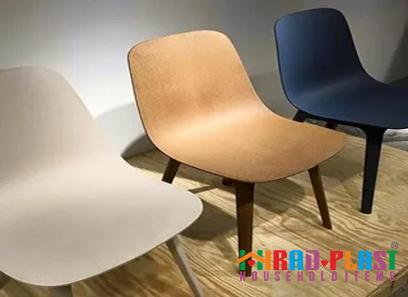
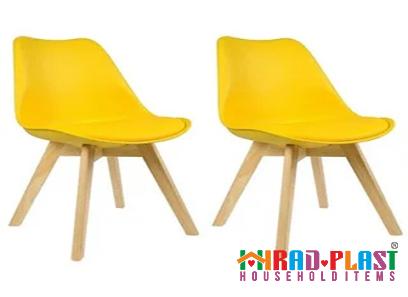
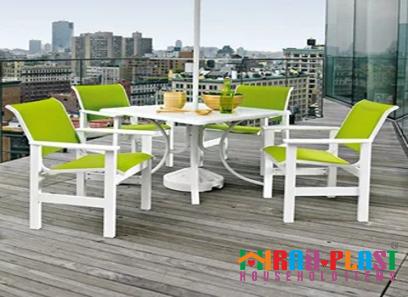
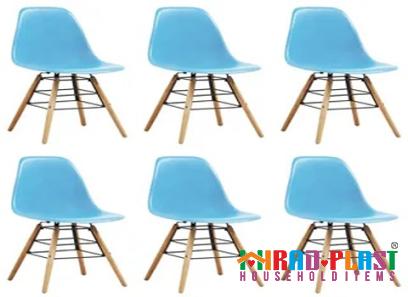

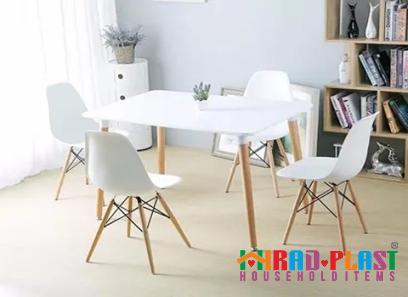

Your comment submitted.